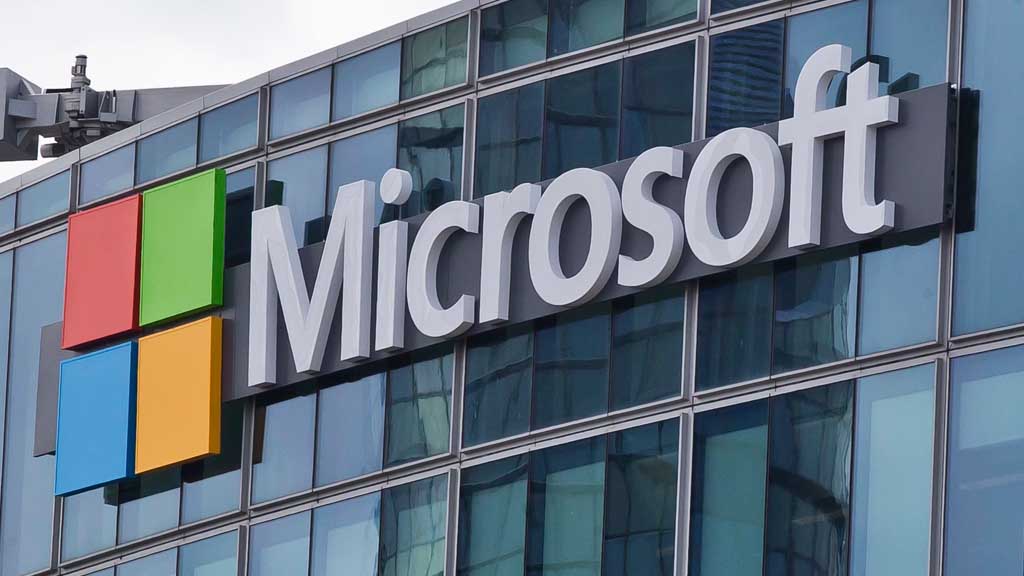Technology
India will become the world’s 2nd biggest semiconductor customer by 2026, Counterpoint predicts
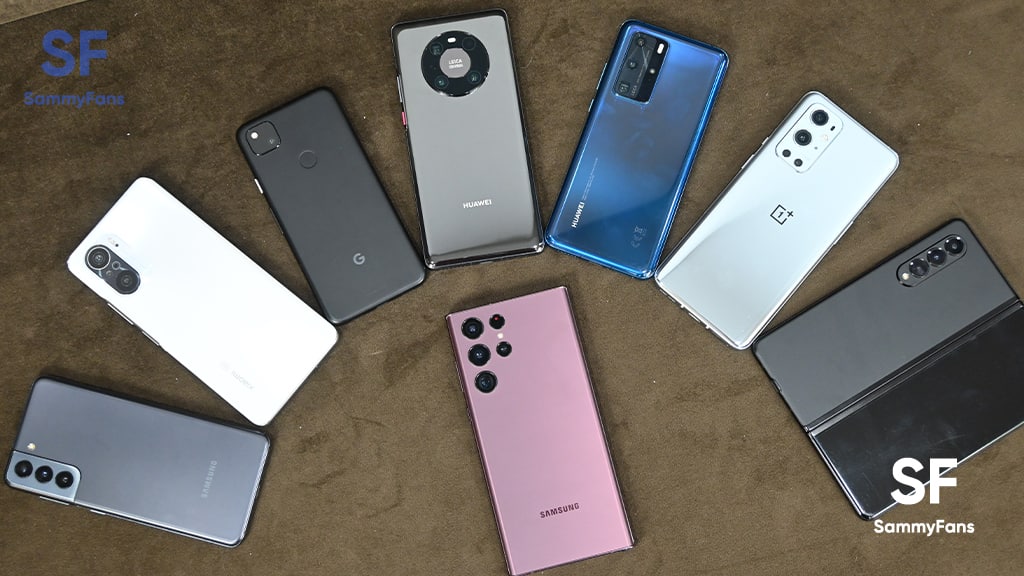
Recently, Counterpoints and IESA (Indian Electronic and Semiconductor Association) together prepared the ‘2019-2026 India Semiconductor Market Report’. As per the report, India will become the second largest semiconductor customer by 2026.
Download Sammy Fans App
The report mentioned that the cumulative revenue of India’s semiconductor components market to climb to $300 billion in 2021-2026. In the year 2021, India’s end equipment market stood at $119 billion in terms of revenue and it is expected to grow at a CAGR of 19% from 2021 to 2026.
Join SammyFans on Telegram
Currently, the IT and industrial sectors contribute about 80% of India’s semiconductor revenue. ‘Make in India’ and production-related incentive schemes will facilitate local sourcing of semi-components in the coming years. Further policy reforms and building a semiconductor ecosystem will reduce dependence on semiconductors
Follow Sammy Fans on Google News
In terms of size and growing demand for semiconductor components across multiple industries and applications, India is going to become the world’s second-largest market.
This demand is driven by the rapid pace of digital transformation of consumers, businesses, and the public sector in the country, from enhanced connectivity to cloud content consumption through the adoption of new technologies. These include smartphones, PCs, wearables, cloud data centers, Industry 4.0 applications, IoT, smart mobility, and advanced telecom and utility infrastructure.
According to IESA CEO and President Krishna Moorthy:
‘Before the end of this decade, there will be nothing that will not be touched by electronics and the ubiquitous ‘chip’. Be it fighting carbon emissions, renewable energy, food safety, or healthcare, the semiconductor chip will be all-pervasive. Imagine this – all children all over India get educated in virtual classrooms by the country’s best teachers. The chip makes it possible. Again, imagine everyone in the country gets quality healthcare and diagnostics done remotely. Medicines are delivered by drones at your doorstep, even in the farthest villages of India. The chip will make it possible, and we will see this in front of our eyes very soon. Let us make India the semiconductor nation.’
As per Research Director at Counterpoint Research Tarun Pathak:
The mobile and wearables sector was the biggest contributor to India’s semiconductor industry in 2021. Mobile devices have become a primary tool for internet connectivity given that broadband and laptop/PC penetration remains low. In the last five years, the ‘consumer digital transformation’ has accelerated with the availability of cheap mobile internet, and mobile devices have connected a big part of the Indian population. Also, the gradual shift from feature phones to smartphones has been generating increased proportions of advanced logic processors, memory, integrated controllers, sensors and other components. This will continue to drive the value of the semiconductor content in smartphones, which is still an under-penetrated segment in India, aided by the rise of wearables such as smartwatch and TWS.”
News
Samsung launches two eco-friendly battery packs
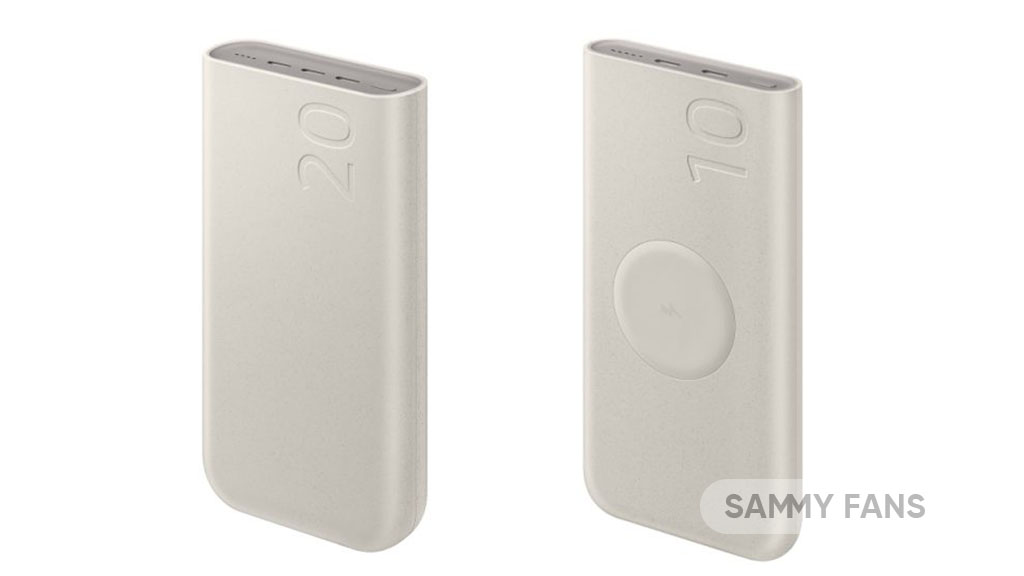
Samsung has unveiled two new battery packs with powerful performance using recycled materials. The launch, scheduled for the 19th, introduces the PD Battery Pack 20,000 mAh and the PD Wireless Charging Battery Pack 10,000 mAh. Both of these battery incorporate 30% UL-certified recycled plastic in their design, marking a stride in reducing carbon emissions.
The ‘PD Battery Pack 20,000 mAh’ offers a high capacity for charging, with a maximum output of 45W and three USB-C ports, allowing for simultaneously charging multiple devices. However, the actual charging speed may vary based on several factors, including the devices connected and charging conditions.

On the other hand, the ‘PD Wireless Charging Battery Pack 10,000 mAh’ provides the convenience of wireless charging, along with a wired charging capability of up to 25W. It comes with two USB-C ports, making it possible to charge up to three devices at once when combining wired and wireless charging.
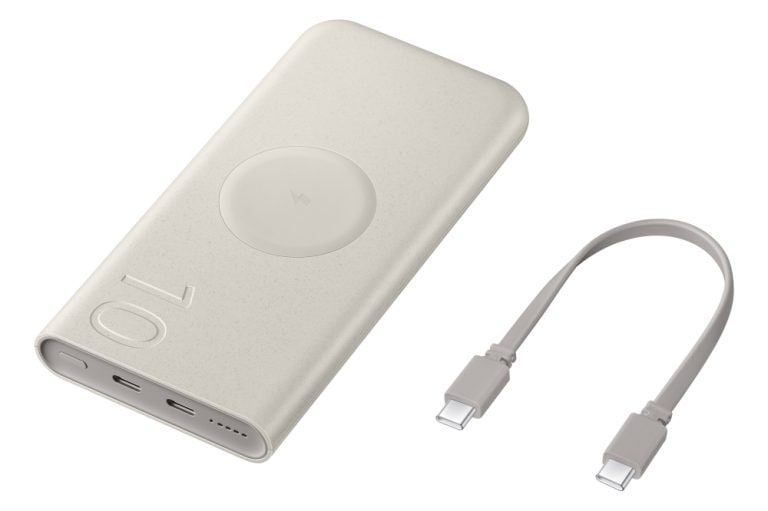
Both battery packs comply with the USB PD 3.0 standard, ensuring quick and efficient charging for Samsung Galaxy products and other compatible devices.
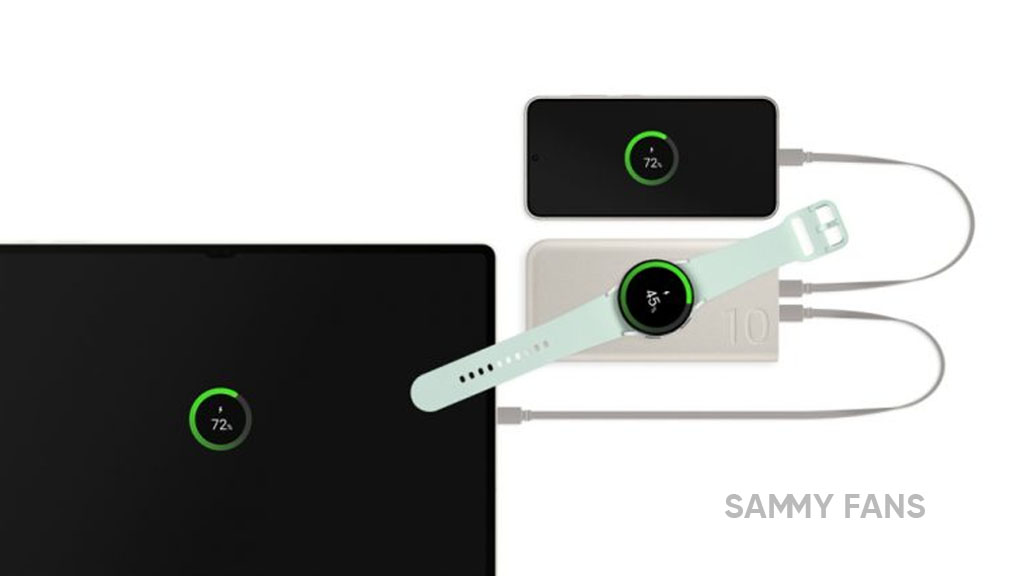
Technology
A new on-device AI memory is on the way: LPDDR6 standard will be finalized in Q3 2024
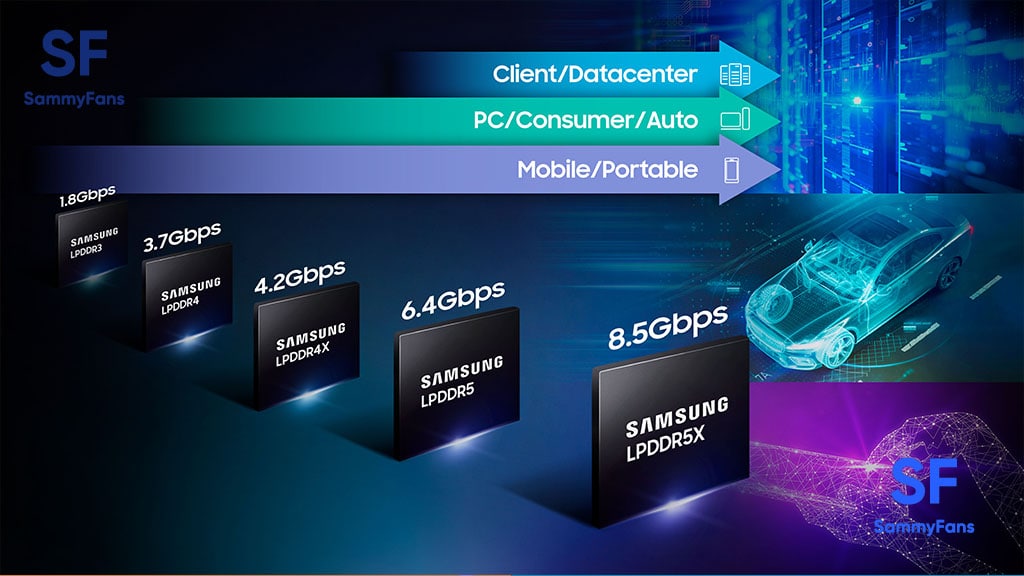
The LPDDR6 market is expected to bloom as early as next year, as the new on-device AI memory is on the way with the latest LPDDR6 standard finalization taking place in Q3 2024. If the standard is confirmed in the third quarter, LPDDR will secure a new standard for the first time in five years.
Going toward the details, the International Semiconductor Standard Organization (JEDEC) recently held discussions on the next-generation mobile RAM standard. The meeting proceeded with the finalization process to finalize the LPDDR6 standard.
An official in the semiconductor industry said,
- “We have held various discussions to confirm the LPDDR6 standard specification,” and it will be released in the third quarter of this year.”
To be mentioned, the JEDEC is a private organization that establishes semiconductor standards, that is, sizes and specifications, and more than 60 people from memory, system semiconductor, and design asset (IP) companies participated in this Lisbon meeting.
Follow our socials → Google News | Telegram | X/Twitter | Facebook | WhatsApp
Furthermore, the LPDDR6 standard will be established with a focus on improving data processing performance as the demand for on-device AI to perform large-scale AI calculations on smartphones, laptops, and tablet PCs is rapidly increasing. In addition, the power consumption standard will also be improved.
However, once the LPDDR6 standard is confirmed, major memory manufacturers such as Samsung Electronics and SK Hynix are expected to begin commercializing their products in earnest.

Technology
Microsoft unveils Copilot for Finance to simplify Excel and Outlook tasks

Microsoft has announced the launch of a new AI chatbot that can help finance workers with common tasks in Excel and Outlook. The Copilot for Finance is currently in public preview and will be available for purchase soon.
The Copilot for Finance is part of Microsoft’s vision to empower every department with a Copilot, a smart assistant that can generate natural-sounding text or other content with minimal human input.
Follow our socials → Google News | Telegram | X/Twitter | Facebook | WhatsApp
As per the information (via CNBC), the Copilot for Finance can perform functions such as variance analysis, data reconciliation, and collections process in Outlook, using data from SAP and Microsoft Dynamics 365. Microsoft plans to add more features to the Copilot for Finance later this year.
Microsoft’s corporate vice president Charles Lamanna said that the Copilot for Finance was developed with input from Microsoft’s finance department. He also said that the Japanese advertising agency Dentsu will be one of the first customers to use the Copilot for Finance.
